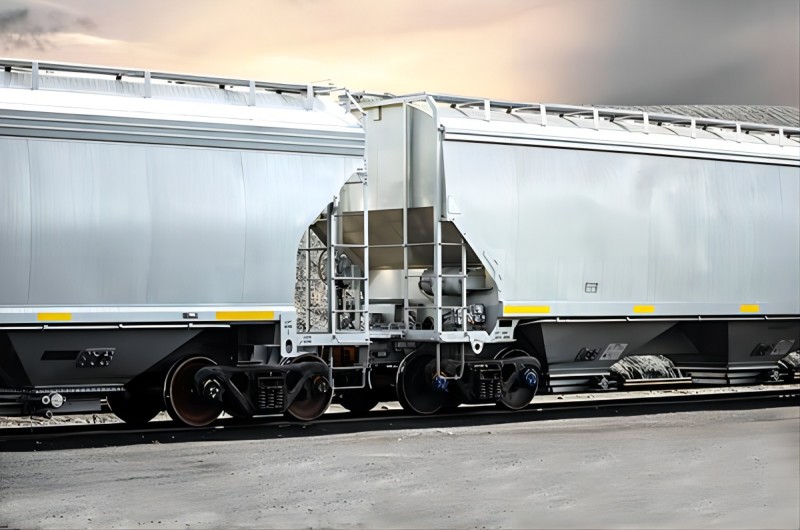The refrigerated railcar was first developed in the late 1800s by William Davis. The refrigeration system consisted of suspending the carcasses above a layer of ice and salt to keep the products cold. Later, George H. Hammond built refrigerator cars to transport meat from New York to Boston. These cars used Great Lakes ice to cool the products. Although these cars were effective at preserving fresh meat, they were eventually stopped due to derailments and other problems.
The development history of refrigerated railcars
The railroads spent a great deal of money to move livestock, so they built their own fleets of refrigerator cars. These vehicles were some of the first privately owned vehicles on the railroads. The refrigerator cars were known by various names, including Armor (a classic yellow color) and Swift (black and white). By the 1950s, large cuts were common. This was largely due to the availability of trucks that were more reliable and faster.
After the advent of the refrigerator car, many growers switched to trucks because they were cheaper and more reliable. As a result, Southern Pacific lost its entire perishable traffic business within a few years. Because the industry was so disinterested in rail services, they closed many stock yards and loading facilities. However, the refrigerated railcar’s popularity grew. Its popularity eventually led to a dramatic increase in service. By the early 1900s, the number of refrigerator cars on the railroads fell to a historic low.
As the distance between a farm and its final destination increases, growers began to switch over to trucks. This cost-effective option allowed them to save money. As a result, refrigerated railcars were only used to transport parts in demand, thereby minimizing waste. Until this day, the use of refrigerated railcars has become a rarity, as their efficiency and punctuality were compromised by strikes in the 1970s.
The benefits of refrigerated railcars
The refrigerator railcar was an essential invention for the railroads. These cars are a good alternative to trucks. As long as there is a steady supply of carbon dioxide and fuel, a refrigerated railcar will be able to run for decades. If the industry is interested in the benefits of refrigeration, it can even be used for freight transportation. This will allow people to move perishable goods from one region to another.
The refrigerated railcar was initially used to move raw meat and other goods. The refrigerator railcar was the first privately owned railcar in the US. The automobiles were later repurposed for other uses and were patented. This was intended to intimidate competitors and ensure that they did not copy other vehicles. But the refrigerated railroadcar was not without its downsides. This car was not designed for freight transportation.
The invention of the refrigerated railcar came about as a result of the high demand for fresh meat. The refrigerated railcar was a boon for the meatpacking industry. Ranchers used the railroad to transport raw beef to processing plants. Its ice tanks were located at the top of the car. These cars were considered the best option for transporting meat. In the meantime, they have been useful in other ways as well.
The refrigerated railcar was first developed in the 19th century. It was designed to transport frozen meat and dairy products. The ice-cooled trucks were the first vehicles to use a refrigerator car. The refrigerator cars were designed to cool down the goods. A refrigerated railroad car can handle both frozen and non-frozen foods. The refrigerator railcar is more effective than trucks in moving fresh food. And it is safer than a truck.
The refrigerated railcar was first used in the meatpacking industry. Ranchers often used railroads to transport raw meat. They were not only useful for the meat packing industry, but also for other goods. As a result, the railways began investing in these vehicles. The railways invested a lot of money in developing them. This technology helped in the transport of other goods, including raw meat. It is now being used extensively in the retail industry.
Conclusion
The refrigerated railcar is an important invention for rail transportation. Despite its history, it still isn’t a common commodity. In fact, it is the only transport method that uses ice. Aside from ice cream, refrigerated railcars can also store food. In fact, it is possible to ship anything, including frozen meat, through railroads. Besides being an important part of the food distribution industry, the refrigerated railcar has become an important part of the transportation industry.
